
Cyanide, a highly toxic chemical compound, has long been a subject of concern due to its potential for causing severe harm to human health. Among the various forms of cyanide, sodium cyanide stands out as a particularly dangerous substance, frequently involved in industrial accidents and, in rare cases, intentional poisonings. Understanding the nature of sodium cyanide poisoning, its symptoms, and the appropriate emergency response is crucial for safeguarding lives and minimizing the long - term impacts of this potentially lethal condition.
Understanding Sodium Cyanide
Sodium cyanide is a white, crystalline solid with a faint almond - like odor. It is widely used in various industries, including mining, electroplating, and chemical manufacturing. In these industrial settings, workers may be exposed to Sodium Cyanide through inhalation, skin contact, or ingestion. Additionally, Sodium cyanide can enter the environment through industrial waste and pose a risk to the general public.
When sodium cyanide enters the body, it dissociates into cyanide ions. These ions bind to cytochrome c oxidase, an enzyme essential for cellular respiration. As a result, cells are unable to use oxygen, leading to a rapid onset of symptoms.
Symptoms of Sodium Cyanide Poisoning
The symptoms of sodium cyanide poisoning can vary depending on the route and extent of exposure. Initial symptoms may include:
Respiratory distress: Shortness of breath, rapid breathing, and a feeling of suffocation are common early signs of cyanide poisoning. As the condition progresses, the respiratory rate may slow down, leading to respiratory arrest.
Headache and dizziness: Victims often experience severe headaches, dizziness, and confusion. In some cases, they may also lose consciousness.
Cardiovascular effects: Cyanide poisoning can cause a rapid or irregular heartbeat, low blood pressure, and eventually cardiac arrest.
Gastrointestinal symptoms: Nausea, vomiting, and abdominal pain are also frequently reported.
Emergency Response
Immediate removal from the source of exposure: If the poisoning occurs in an industrial setting or a location where cyanide is present, the victim should be quickly removed to a well - ventilated area. In cases of skin contact, the contaminated clothing should be removed immediately, and the affected area should be washed thoroughly with water for at least 15 minutes.
Call for emergency medical assistance: Dial the local emergency number (such as 911 in the United States) as soon as possible. Provide the operator with detailed information about the suspected cyanide poisoning, including the location, the number of victims, and any visible symptoms.
Administer first aid: If the victim is not breathing, begin cardiopulmonary resuscitation (CPR) immediately. If available, use an automated external defibrillator (AED) according to the manufacturer's instructions.
Treatment in the hospital: In the hospital, the primary treatment for cyanide poisoning is the administration of antidotes. Hydroxocobalamin is a commonly used antidote that binds to cyanide ions, forming a less toxic compound that can be excreted from the body. Sodium thiosulfate may also be administered to enhance the body's natural detoxification process.
Prevention
Industrial safety measures: Employers in industries that use sodium cyanide should implement strict safety measures to prevent exposure. This includes providing workers with appropriate personal protective equipment, such as respirators and gloves, and conducting regular safety training.
Environmental monitoring: Monitoring the environment for cyanide contamination is essential, especially in areas near industrial facilities. Regular testing of air, water, and soil can help detect potential sources of contamination and prevent widespread exposure.
Sodium cyanide poisoning is a serious medical emergency that requires immediate attention. By understanding the causes, symptoms, and emergency response procedures, individuals can take proactive steps to protect themselves and others in the event of an exposure. Additionally, implementing preventive measures in industrial settings and monitoring the environment can help reduce the risk of cyanide - related incidents.
- Random Content
- Hot content
- Hot review content
- Triethanolamine(TEA)
- Fertilizer magnesium sulfate/magnesium sulfate monohydrate
- Zinc sulfate monohydrate 98% Industrial & Feed Grade
- Sodium selenite,anhydrous 98%
- Hydroxypropyl methyl cellulose
- Magnesium sulfate heptahydrate
- Ferrochrome lignosulfonate
- 1Discounted Sodium Cyanide (CAS: 143-33-9) for Mining - High Quality & Competitive Pricing
- 2China's New Regulations on Sodium Cyanide Exports and Guidance for International Buyers
- 3Sodium Cyanide 98% CAS 143-33-9 gold dressing agent Essential for Mining and Chemical Industries
- 4International Cyanide(Sodium cyanide) Management Code - Gold Mine Acceptance Standards
- 5China factory Sulfuric Acid 98%
- 6Anhydrous Oxalic acid 99.6% Industrial Grade
- 7Oxalic acid for mining 99.6%
- 1Sodium Cyanide 98% CAS 143-33-9 gold dressing agent Essential for Mining and Chemical Industries
- 2High Quality 99% Purity of Cyanuric chloride ISO 9001:2005 REACH Verified Producer
- 3Zinc chloride ZnCl2 for High Molecular Weight Polymers Initiator
- 4High Purity · Stable Performance · Higher Recovery — sodium cyanide for modern gold leaching
- 5High Quality Sodium Ferrocyanide / Sodium Hexacyanoferr
- 6Gold Ore Dressing Agent Safe Gold Extracting Agent Replace Sodium Cyanide
- 7Sodium Cyanide 98%+ CAS 143-33-9

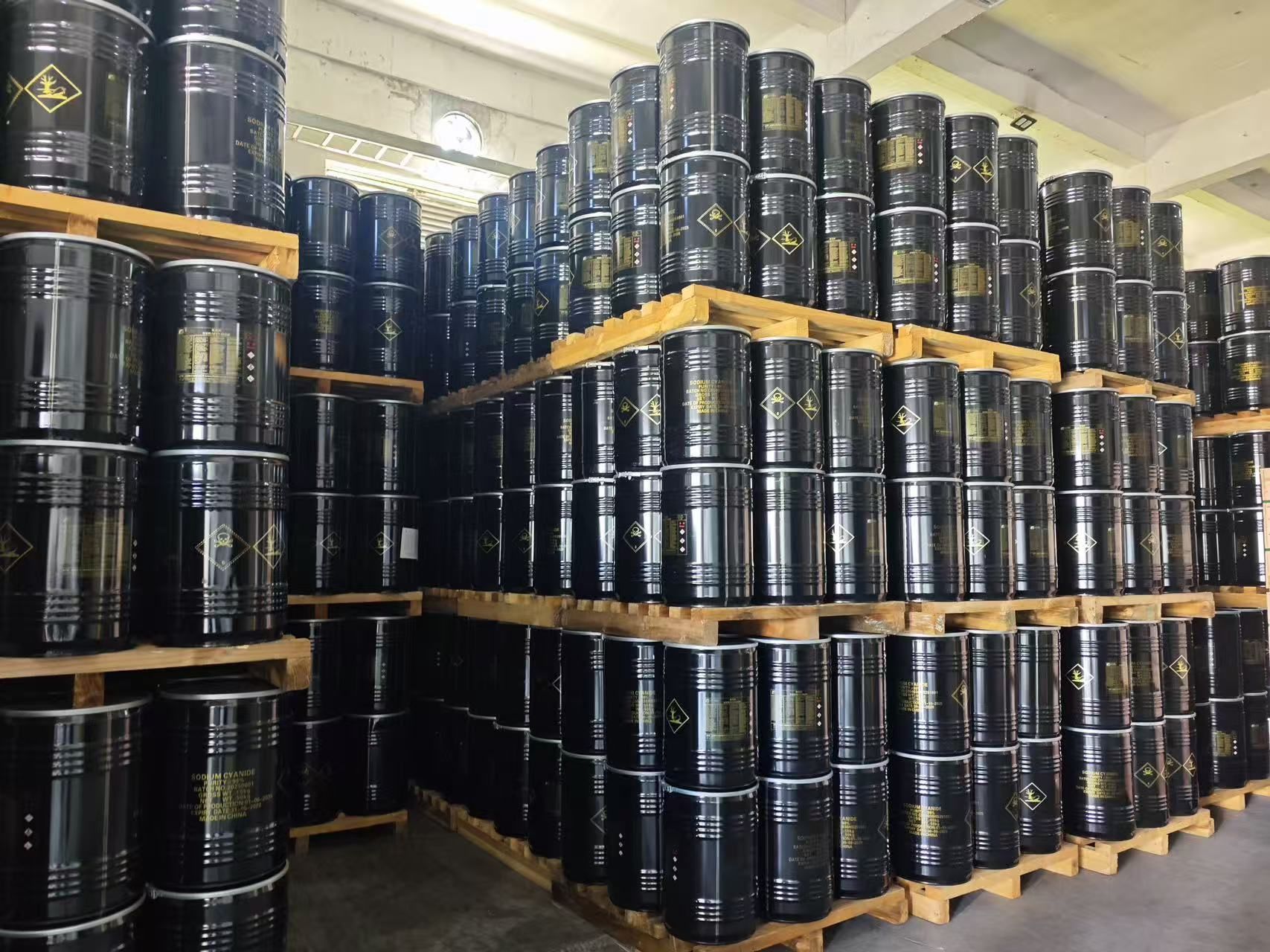
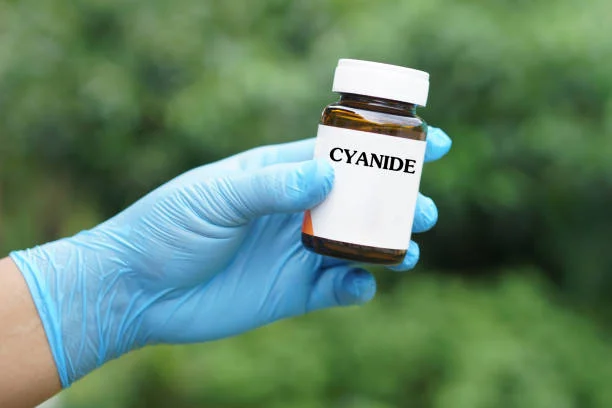
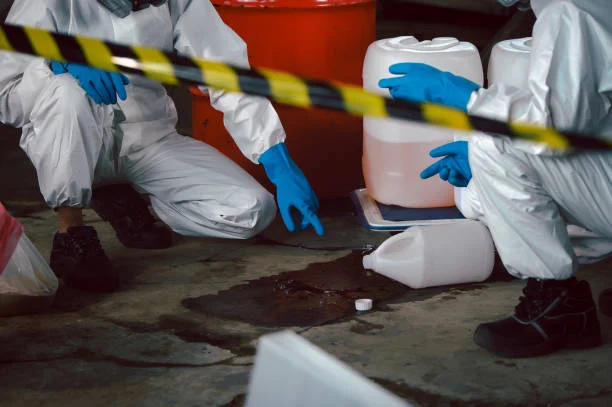
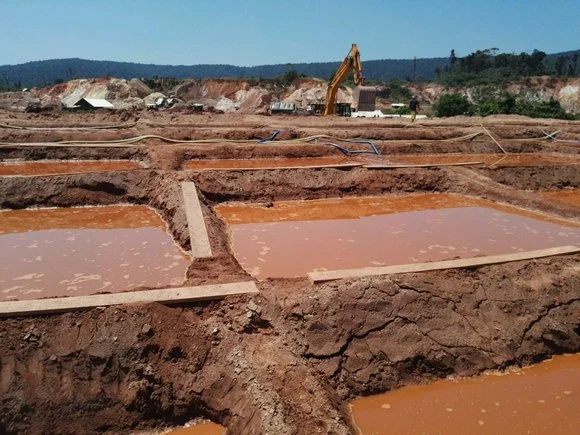
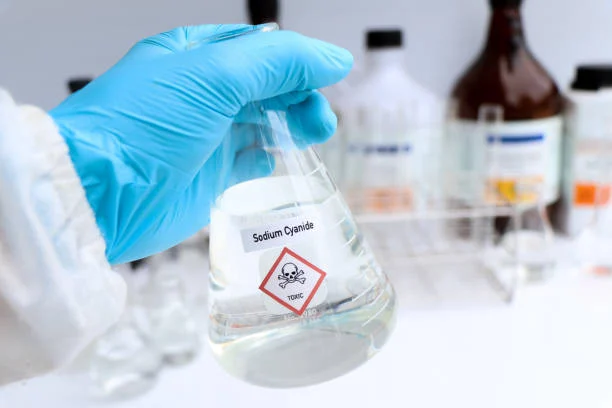





Online message consultation
Add comment: